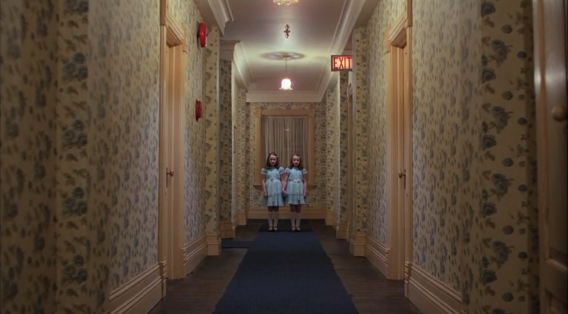Chapter 2 post
The video about the one-point perspective in Stanley Kubrick's films piqued my interest. The ‘One-point perspective’ is a film technique that creates the illusion of depth by using lines that lead towards a vanishing point and meet. This interested me because it reminded me of elementary school art class when we learned how to draw converging lines. It is interesting to me that this technique we learned as children is used in the film in general. The use of a one-point perspective is mainly to manipulate the spatial perception of the audience.
This could have been useful in early film creations because of the lack of effects technology, but I also think it could be useful now for the sole purpose of manipulating the audience's perception. I think that in modern times, this should be utilized more because it could alter someone's interpretation of a film altogether or at least make them think about what is happening.
This technique could be effective in films like fight club where it could help the audience understand the storyline if there were some elements that lacked realism. This could aid the audience in understanding movies with a twist at the end because it could foreshadow that the plot isn't necessarily reliable. One example of a film like this would be shutter island.
Kubrick // One-Point Perspective
Comments
Post a Comment